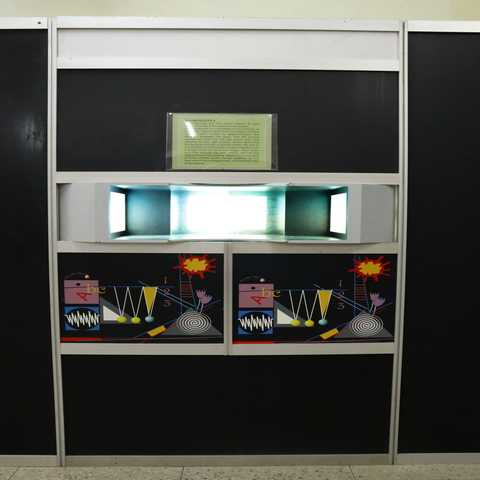
Stereoscope II
Category:
Physics
Wing:
Fun Science
Tags:
#Stereoscope
#2D/3D-Conversion
- English
- Khasi
Languages
Two Mirrors at Right Angles:
- When two mirrors are arranged at right angles to each other, they can create the illusion of a three-dimensional (3D) image. This is often known as a "periscope" effect.
- The mirrors reflect the image multiple times, creating an interesting visual effect. The viewer perceives the reflected images as if they are coming from different directions, giving the illusion of depth.
Stereoscope:
- A stereoscope is a device that uses two separate images of the same object, taken from slightly different perspectives. These images mimic the slightly different viewpoints our eyes have, given the distance between them (about three inches or 7.5 centimeters).
- The brain combines these two slightly offset images to perceive depth, creating a three-dimensional effect. This phenomenon is known as stereopsis.
- Stereoscopes were historically used for viewing stereographic pairs of photographs or illustrations, providing a more immersive and realistic viewing experience.
In both cases, the key concept is the use of binocular vision – the slightly different perspectives from each eye – to create a perception of depth. This mimics the natural way our eyes see the world, allowing us to perceive depth and three-dimensional space.
An Introduction to Stereoscopic (3D) Photography, and the Stereoscopy Blog – By Rebecca
Contact
- 0364-2721777/0364-2307930
- shgsciencecentre@yahoo.in
Address
- Main Campus Rd, North Eastern Hill University, Umshing Mawkynroh, Shillong, Meghalaya 793022

